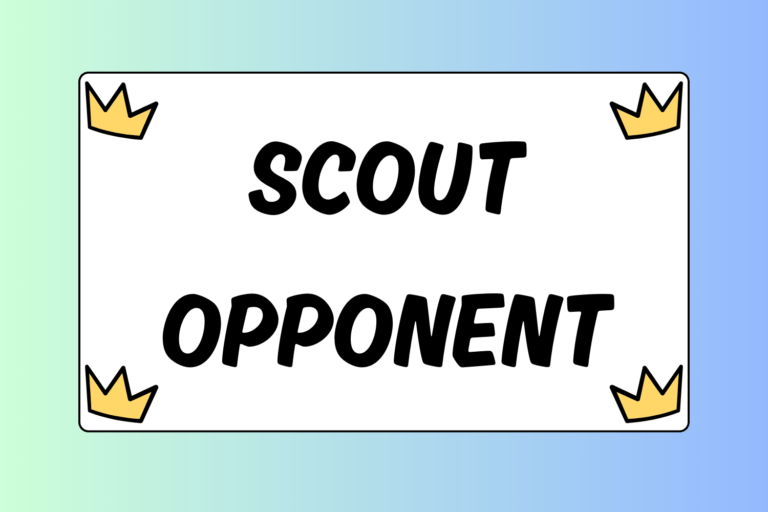Wrestlers must be prepared to lay it all on the line every single match, no matter what. Nonetheless, a wrestler’s hard work and progress means nothing if he is not prepared for the ultimate goal of the season: success during the championship series.
This is where the concept of “peaking” comes into play. In general terms, peaking is the systematic development of an athlete’s mental and physical abilities with the intent to bring out the “peak” level of performance at a desired time (i.e. state championships). The ultimate goal of the season is to ready wrestlers for peak performance during the inevitable meat-grinder of the post-season championship series, but sometimes it is difficult to know where to start.
The first thing you must know about peaking an athlete successfully is that it cannot be done in an improvisational nature. Rather, peaking begins with a plan by the coach that will allow a wrestler’s potential to be brought out at the right time. Keep in mind that peaking, in actuality, is a long and complex process, and should be tailored to meet the needs of your team and your wrestlers individually. This guideline outlines peaking, in theory, and should be used only as a reference when constructing your own unique set of plans.
Composing a Plan
The first thing you must do if you expect your wrestlers to shine in the post-season qualifying tournaments is to have a detailed plan for the entire season and stick to it. This means not only creating daily practice plans, but weekly and monthly plans, as well.
The only way to ensure that your wrestlers are progressing at the right rate is to create a series of goals, both short and long term, to give them something to work towards, and also for you to gauge their progress.
Create a progression of technique-based goals that your wrestlers must meet as they refine their technique. In addition, conditioning goals, such as increasing the time or number of repetitions for specific workouts while decreasing break time in between workouts throughout the season will help to establish a physical foundation. This will help train your wrestlers to function under a high level of stress and fatigue, and to recover faster in between the rounds of a tournament.
Once you create your plan and goals for the season, communicate your ideas to your team and explain to them why it will be done this way and how it will benefit them. Your wrestlers will be more inclined to follow your lead and push themselves during workouts for which there is an apparent goal, as opposed to a practice that they perceive has no benefit to them.
Practice Length
During the pre-season and early into the official season, it is common and necessary to hold longer practice sessions. Obviously, wrestlers will not be in ideal physical shape early in the season, and many of these practices will most likely be centered on conditioning to establish a “baseline” level of endurance. Also, practices at the beginning of the season may often be longer to establish or re-establish technical fundamentals. However, you should never continue a practice session past the three hour mark in the early part of the season to avoid injury and “burnout.”
As the season progresses, it is very important that you cut your practice time to no longer than two hours each day. Over time, shift the emphasis of your practice away from conditioning so more time can be spent on the technical aspects of the sport. Limiting practice time will also lessen the chances that your wrestlers will burn out, and will allow ample time for their bodies to recover as competitions become the center of your plans.
As the post-season tournaments come into sight, practices should become extremely short. In the latter weeks of a season your wrestlers should be properly conditioned and at a high level of technical ability. The task then becomes to work strategy with them, and finely tune the skills they will need them for their biggest matches. In the weeks leading up to your championship series, practices should be 60-90 minutes or so, and should consist of drilling and a minimal amount of live wrestling.
The Importance of Rest
Rest is one of the most important factors in getting your wrestlers to peak at the right time. Make sure that your weekly practice schedule, as well as how you structure the practices over the course of the season, is in your team’s best interest.
Just as it’s your job to build your wrestlers’ bodies, it is also your job to allow time for them to rest. More importantly, giving your wrestlers time off from practice, especially later in the season, will help to lower stress levels and keep their minds clear.
Allowing your wrestlers a little extra time with family, friends, and schoolwork will help them take some of the weight off their shoulders from competition and keep the “spring” in their step during the closing weeks of the season.
Week-to-Week
As dual meets and tournaments start to pop up on your schedule, creating efficient practice plans becomes extremely crucial because you have a limited amount of time to prepare your wrestlers for action.
Schedule longer and more physically demanding practices earlier in the week if your competitions are at the end of the week or on the weekend. As you near competition time, taper down the length and intensity of practices, and concentrate more on focused drilling 2-3 days prior to a match.
Practices the day before a match should be extremely light and non-intensive, and should only serve the purpose of making weight and refining technique. Later in the season, it may even benefit your wrestlers have an entire day off from practice to keep their minds and bodies fresh.
Practice Specifics
As the post-season approaches, the structure of practice becomes much more important. Wrestlers should be in top physical shape at this time, so the latter part of the season should be designed to help them reach their peak technically. Here are two tips that will ensure your wrestlers have the tools they will need for the end of the year:
Vary Drilling
Mixing up the length, type, and structure of specific drills will ensure that your wrestlers can implement them at anytime in a match.
For example, one of the best times to drill technique is at the end of practice when wrestlers are the most tired. If this is done routinely, it will ensure that your wrestlers are prepared to score points at the most important times (late into the third period or in overtime). Drilling technique when your wrestlers are fatigued forces their bodies to respond under stress.
Furthermore, if done right, drilling can be almost as intense as live wrestling, so be sure to vary the intensity and duration of certain drills as needed.
Focus Live Wrestling
Dedicate an appropriate amount of time for live wrestling. Instead of letting your wrestlers go hours on end wrestling the same partner, possibly risking injury, dedicate a focused amount of time in practice that reflects competition situations.
Take for example scholastic wrestlers: In high school competition, wrestlers are not allowed to compete in more than five six-minute matches in one day of competition. Live wrestling in practice should mimic this.
In this case, roughly 30 minutes in a practice should be dedicated to wrestle five full matches with limited breaks in between. Match your wrestlers up with other wrestlers with whom they are competitive. When needed, start your wrestlers off in live situations that focus on positions that need improvement or specific techniques that are currently being perfected.
If wrestlers push themselves hard, about 30 minutes of live wrestling in a particular practice is all they need. A focused, intense session of live wrestling will help their recovery time in between rounds of a tournament, and also help to prevent injuries and burnout due to overtraining.
Think it Through
Establishing a clear-cut expectation of what you expect your team to accomplish in a season, as well as a detailed plan on how to get there, is absolutely necessary if you expect to yield a competitive squad. Your plan for the season will depend largely on your team’s competition schedule, current level of technical and physical ability, and the perceived potential for that particular season.
Keep in mind the details of this guide when tailoring the plans for your own team, and remember: There is no “formula” for success, and no one knows the needs of your squad like you do. Be creative and thoughtful in your seasonal plans, and make sure that your process aims to bring out the best in your wrestler at the right time.





